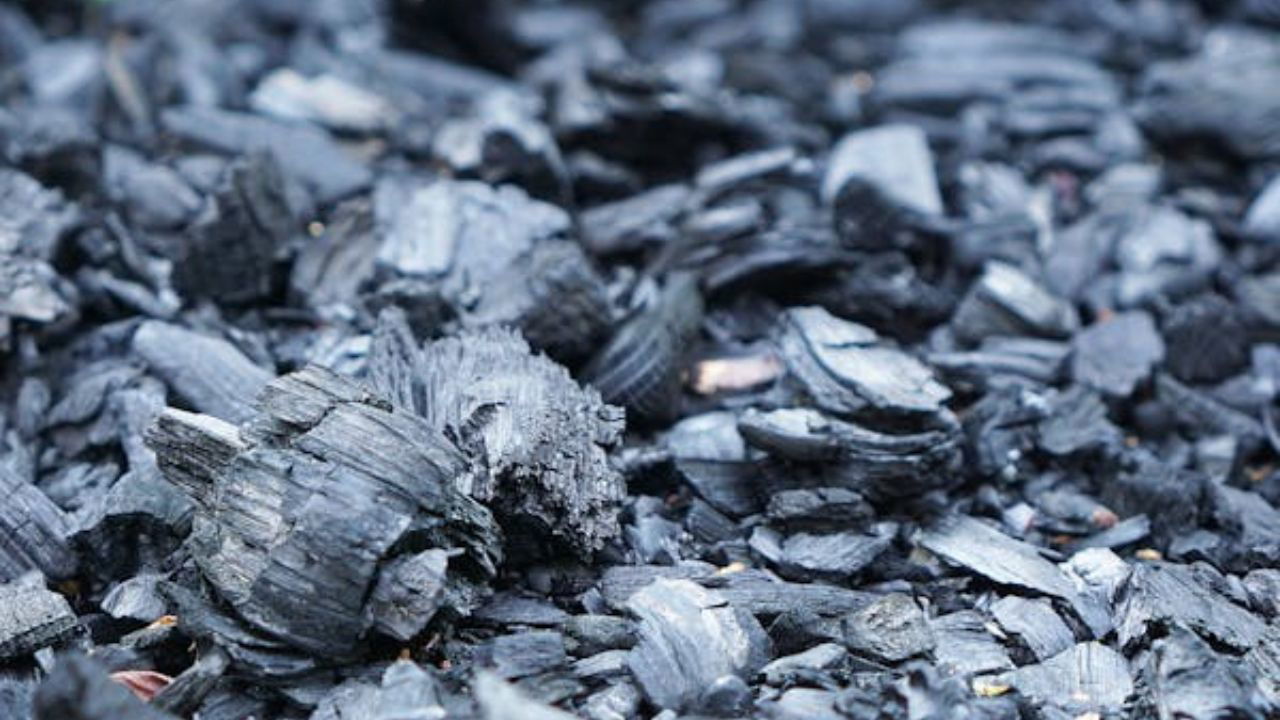
Agricultural residue management continues to pose a significant challenge for farmers, particularly in regions with mechanized harvesting like Punjab, Haryana, Uttar Pradesh, Bihar, and West Bengal. Open-field burning has traditionally been used to dispose of crop residues, but it causes significant environmental harm, including air pollution and greenhouse gas emissions. A promising alternative to this harmful approach is the eco-friendly conversion of crop residues into biochar—a stable, carbon-rich material.
Biochar not only enhances soil fertility but also helps mitigate adverse environmental impacts. Drawing inspiration from the ancient use of biochar in Amazonian ‘terra preta’ soils, which have remained fertile for centuries due to their high carbon content, biochar presents a sustainable solution to modern agricultural challenges. As climate change intensifies, the adoption of biochar as a soil amendment offers long-term benefits, making it an increasingly vital tool for sustainable agriculture.
Preparation of Biochar
Biochar is produced through the thermochemical conversion of biomass via pyrolysis. This process involves a range of temperatures between 350–700°C and generally low or no oxygen conditions. It involves three main stages:
-
Dehydration – In this stage, the water and some volatile compounds are removed.
-
Thermal decomposition: In this stage, Biomass is converted into biochar, bio-oil, and syngas.
-
Rearrangement – Structural changes increase porosity and stability.
Feedstock materials like crop residues (rice straw, wheat straw, maize stover), wood chips, and even animal manure can be used to make biochar. The quality of biochar depends on the type of feedstock and the pyrolysis conditions. Higher temperatures produce biochar with a larger surface area and greater stability, making it more effective as a soil amendment.
Effect of Biochar on Soil Properties
Soil pH and Nutrient Availability
Biochar has an alkalizing effect due to the presence of base cations such as calcium, magnesium, and potassium. This effect is especially shown in acidic soils. Its application reduces soil acidity. Reduction of soil acidity enhances nutrient availability and promotes plant growth. Biochar also acts as a nutrient reservoir which means it prevents leaching losses and improves nutrient retention.
Enhancing Soil Fertility
Biochar significantly raises soil CEC. This has been known to better retain necessary nutrients such as ammonium, potassium, and magnesium. These ensure their gradual release in the soil as more nutrients will not be washed out. As this slow release of nutrients makes them less subject to frequent application.
Water Holding and Soil Aggregation
The porous nature of biochar enhances aeration and improves water-holding capacity, also texture, and overall structure in the soil. It acts as differently as per the different types of soil. This is quite beneficial in the case of sandy soils, in which biochar reduces water percolation. In clay soils, It prevents compaction which allows better root penetration and growth of plants.
Microbial Activity and Soil Biodiversity
Beneficial soil microorganisms benefit from biochar. Biochar has a high surface area and porous structure, which provide an ideal environment for their survival. it also helps with nutrient cycling and organic matter decomposition. it increases microbial diversity by supporting mycorrhizal fungi and nitrogen-fixing bacteria in the soil.
Biochar’s Role in Fighting Climate Change
Carbon Sequestration and CO₂ Emission Reduction
Biochar is a stable form of carbon that resists decomposition for centuries. This feature makes it an effective tool for carbon sequestration. Its application in soil prevents the rapid release of carbon dioxide (CO₂) from decomposing organic matter, thereby reducing atmospheric CO₂ concentrations.
Reduction in Nitrous Oxide (N₂O) Emissions
Nitrous oxide is a potent greenhouse gas emitted from agricultural soils due to microbial nitrification and denitrification. Biochar influences soil microbial communities and nitrogen dynamics. This leads to reduced N₂O emissions by altering nitrogen transformations and increasing nitrogen-use efficiency.
Mitigation of Methane (CH₄) Emissions
Methane emissions are a major concern in flooded rice paddies and anaerobic soils. Biochar application enhances soil aeration, increasing redox potential. It also creates unfavorable conditions for methanogenic bacteria which ultimately lowers CH₄ emissions.
Benefits for Farmers and the Environment
Crop Yields Increase
Biochar adds fertility to the soil by retaining nutrients and moisture which ultimately gives better crop yields. Yield improvements have been reported significantly in maize, rice, and wheat with biochar application.
Less Dependence on Chemical Fertilizers
Biochar captures the nutrients that enter the system for slow return with a lowered intake of artificial manure or other synthetic fertilizer chemicals. Its deployment not only gives lower-cost crop production. It also eliminates massive nutrient discharge.
Sustainable Disposal Methods
The processing of agricultural byproduct residues helps sustainably deal with waste matters. If not processed these byproducts often involve open burnouts and garbage dumpyard systems. There was a transition into a by-product of energy: biomass becomes fertile soil instead.
Climate Resiliency
Biochar improves soil water retention and fertility, This boosts crops' drought tolerance and makes agriculture more resilient to climate variability.
Biochar offers a sustainable solution for managing agricultural residues while enhancing soil health and reducing greenhouse gas emissions. Its potential for carbon sequestration and soil improvement makes it a valuable tool for sustainable farming. Further research, optimized production methods, and policy support are essential to maximize its benefits. Encouraging adoption through awareness campaigns and subsidies can drive broader implementation in farming communities.















